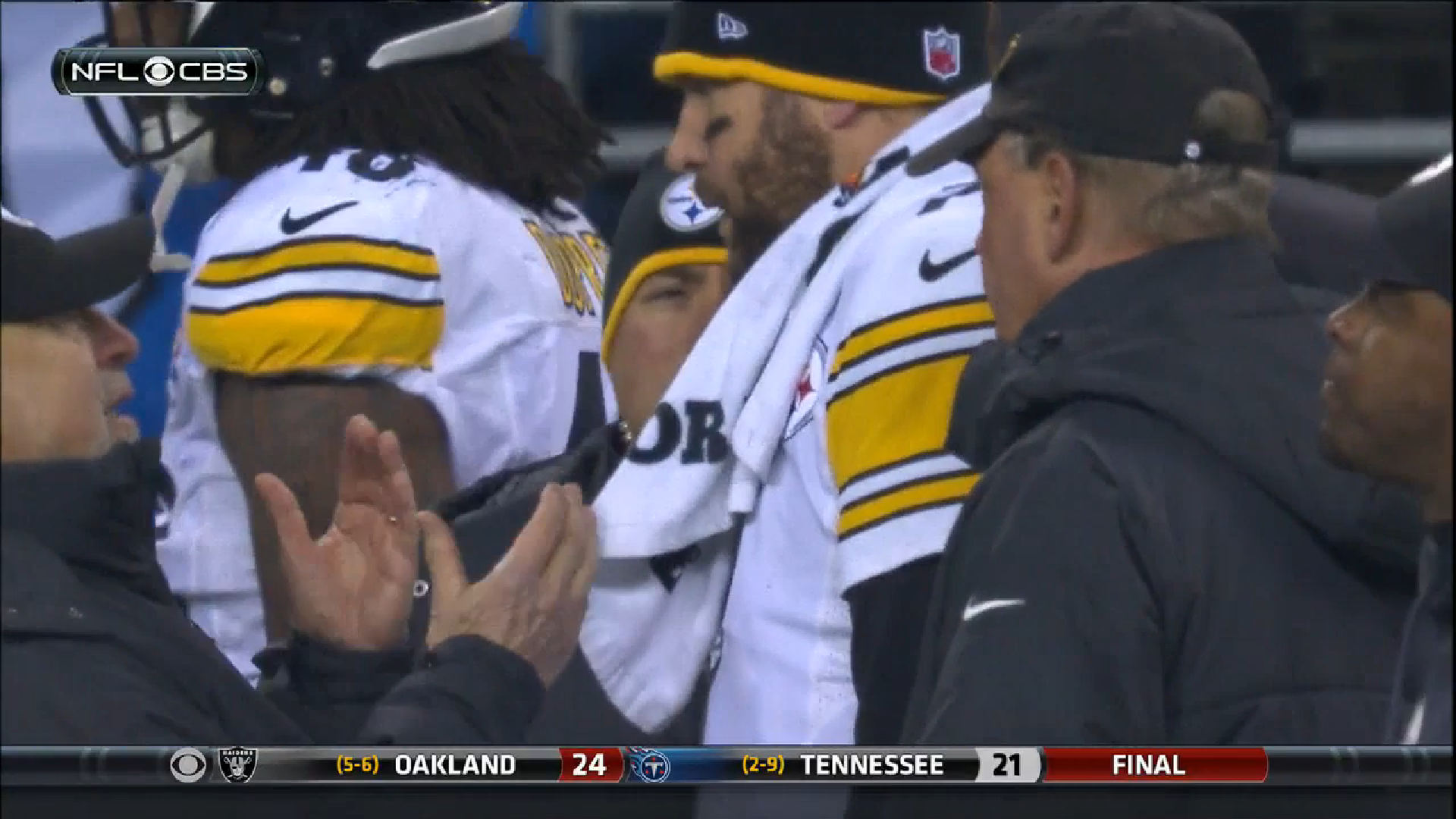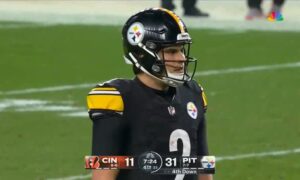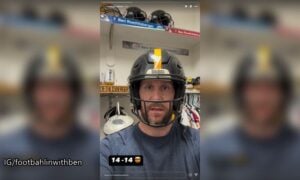During this past offseason, the NFL installed a new position in every stadium this year, which is essentially tasked to identify possible signs of concussions, and the Pittsburgh Steelers were the very first team upon which the new position ever used its authority.
During a Week Three game against the Rams, cornerback Antwon Blake took a blow to the head during a tackle attempt. The in-stadium medical specialist, or ‘spotter’, reviewed the footage and called down to have the game stopped.
The on-field officials blew the whistle as the Rams were preparing for their next play and approached Blake on the field, with both independent and team doctors, ultimately determining that he needed to go through the concussion protocol.
Though Blake quickly returned after missing a few snaps, it seemed like a strong proof of concept. This was finally a strong step forward, that the league managed incorporate this new independent spotter, and that it actually worked to identify a possible on-field concussion, even pausing a game to err on the side of caution.
This proof of concept took a hard blow the other week after it seemed evidently clear by everybody watching at home that—coincidentally—Rams quarterback Case Keenum had taken a significant blow to the head, and yet stayed in the game.
This seemed like a clear, opportune time for the spotter to call down and at least have the quarterback report on his status, but that never happened. It may be worth noting that this did not happen in St. Louis, as was the case in Blake’s visit from the spotter.
It is clear that there are still issues in the system, but the biggest hurdle that still must be cleared is in changing the culture among a good number of the players who still view head injuries as comparable to other sorts of physical injuries, as though you can merely persevere by tolerating the pain.
In Keenum’s case, he was just installed after starter Nick Foles was benched. He clearly had every motivation to stay in the game if at all possible, and that is obviously what he attempted to do, not realizing how little this was actually in his best interest.
That is why it was a positive sign to learn from yesterday’s game that Steelers quarterback Ben Roethlisberger ended up undergoing the concussion protocol late in the game after he self-reported possible concussion-like symptoms.
Roethlisberger did not return to the game, although the rest of the game only consisted of three additional offensive plays, and reportedly his symptoms subsided substantially after the game, which is a very encouraging sign that he is okay.
Nevertheless, it is important that players of both current and future generations continue to become better educated about their own health regarding concussions, and that they much put their cognitive safety above any on-field priorities. If it means missing critical snaps in order to get tested for a possible concussion, that has to become the default right decision, and until that happens, this will remain an important issue.








